There is music present throughout the entire piece and this links everything through nicely, the music is very laid back and calming, a few soft vocals coming in and out of the chords which is put together nicely with the action. Alongside the music, the diegetic noise of the street is always present so when it fades away during the ending sequence the audience notices that this is an important event for our protagonist (pictured below) and the subsequent action he takes is more important to a viewer.
Overall, I think this is a very well put together piece. It's a nice marker to see how much you can discover about a protagonist and characters in the sort of time that we will have for the drama project. The music and diegetic noise is well considered and suits the tone of the piece and the camera work allows the viewer to feel more involved.






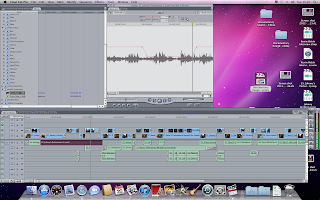
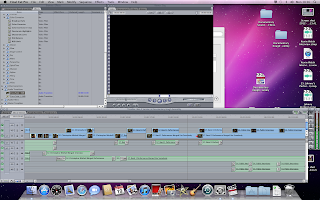

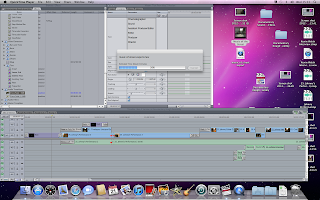



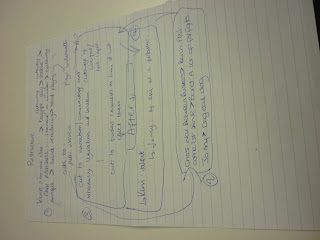
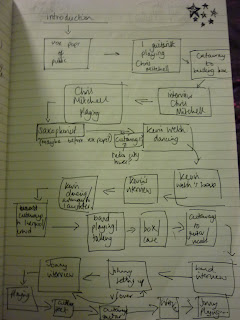





 I also drew up a crew contact list so that I could refer to it should I need to get hold of anyone:
I also drew up a crew contact list so that I could refer to it should I need to get hold of anyone: